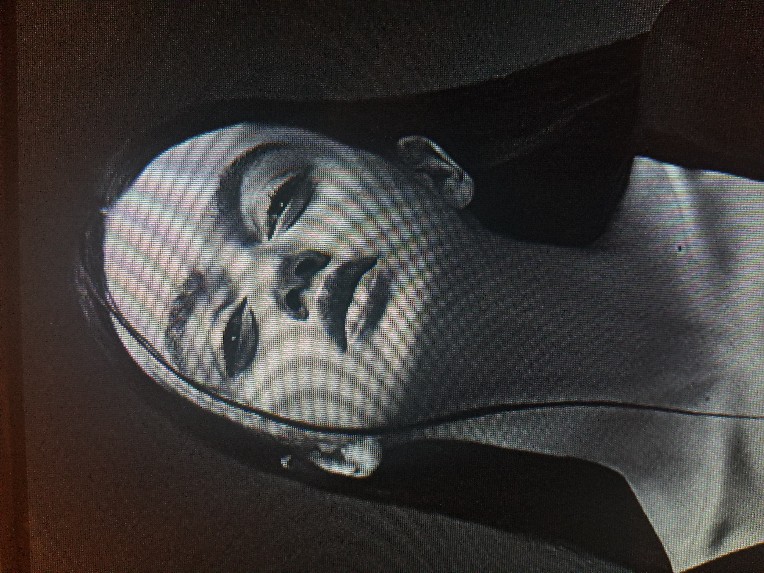I can already tell this face isn't a match with it's defining edges. Main giveaway is that the distance from the ear to the eye in the photograph. It never comes out on paper the way it looks in the picture for me. But I've been doing it this way for so long, I've gotten good at working the mistakes into the art, with the goal that what I produce on paper, the final result, looks better than the photograph. Just because it's different from the source material doesn't mean it's bad. The ear on the left, the whole left side of her face in the drawing, is off, it's all wrong. Yet I'm so confident in my skill that I know that's nothing, and I can fix it in with minimal effort. An ability gained through years of experience. This is the challenge many traditional artists face, I imagine: when I outline the face before filling in the eyes, nose, mouth, etc, I end up off, and having to adjust the image in my head as I translate it from computer screen to paper. But this also occurs if I do like a scanner, and just draw from left to right, right to left, top to bottom, whatever. With this, her hair is black, and there is the slightest bit of shadow on that side of her face. This is why I do the outlines in very light dots. Not only am I going to raise the ear higher when I get to that part, but I may even put some hair for black coloring to cover up the mistake, where it isn't in the photograph. With pointilism, it's not the dots, but the space between the dots, that gives it the Illusion of shading, of say, 30 percent gray versus 80 percent.

Male
Joined on 6/20/18
- Level:
- 4
- Exp Points:
- 141 / 180
- Exp Rank:
- > 100,000
- Vote Power:
- 3.83 votes
- Rank:
- Civilian
- Global Rank:
- > 100,000
- Blams:
- 0
- Saves:
- 0
- B/P Bonus:
- 0%
- Whistle:
- Normal
It's coming along
Posted by GabeMondragon - February 19th, 2019